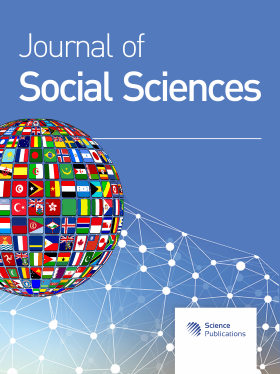Individualization Training of Players on Positions at the Level of Handball Junior Teams
Abstract
Problem statement: Starting from the observation that for the handball players, who finished the junior state in hard to integrate in senior teams due to a low level of preparation. I hypothesized that at this level we can use all organizational forms of individual training (frontal relation, group level, individual).Using individual records, performance behavior characteristics of the players to positions, were revealed from the actual game or by test and according to findings reported in this document were developed customized training programs. The custom programs were done due to praxiological model circuit: objectives - content - strategies– evaluation. This circuit creates an extern and intern feedback that enables a true didactic path generating quality and efficiency. Approach: To emphasize the efficiency use of individual forms of training, two groups of subjects were made consisting of 10 boys each, aged 17 -18 years of relatively equal value: the control and experimental group. Players from control group were prepared using exclusively frontal form of training and the players from experimental group used in addition individual training forms during the championship retour totalizing 60 hours of individual training. Results: After the experimental approach developed in study was concluded that handball players clear improved of all indicators covered by individual plans, especially of general and specific motility (measured by grades or measurable performance). We find a significant increase of the following parameters: speed 0.10s, expansion 0.09m, 4.31s relative strength, abdominal strength 2.7 the number of repetitions, arms outer muscle strength 1.9 and explosive force of arm 4.2 m, coxofemural mobility 1.8 cm, 0.5 skill, speed of the passes execution 0.6 points, 0.5 spatial perception, in relation to control group. The result was an increased in efficiency and collective game behavior. Conclusion: In handball is necessary since junior age to use individual forms of training in both collective training as well as outside it, so the player can have maximum efficiency in competition activity. The development and structure of individual forms of training can be generalized and applied successfully in practice. Based on our findings we may develop a guidebook containing detailed prescriptions for junior handball teams. My target in future projects is to verify its applicability in other team sports.
DOI: https://doi.org/10.3844/jssp.2011.315.318

- 5,445 Views
- 4,384 Downloads
- 0 Citations
Download
Keywords
- Individualization
- individual training
- handball
- juniors
- methodological
- training problems
- instructional objectives
- fundamental
- psychometrical
